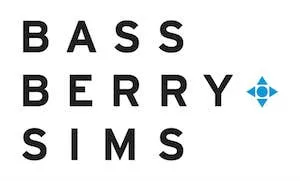Late last week, the Internal Revenue Service (IRS) issued guidance on Section 603 of the SECURE 2.0 Act with respect to catch-up contributions. The guidance includes a two-year administrative transition period – until 2026 – to implement the Roth catch-up contribution provisions under SECURE 2.0 and is in response to employer coalitions and industry groups who had voiced concerns about being able to timely implement those provisions.
The IRS's announcement should provide welcome relief for plan sponsors who were scrambling to make necessary changes to their plans before the end of 2023.
Internal Revenue Code (Code) Section 414(v) permits catch-up contributions for individuals age 50 or older. Section 603 of the SECURE 2.0 Act added a new requirement to Code Section 414(v) that, beginning January 1, 2024, employees age 50 or older who earned more than $145,000 (as adjusted) in the preceding year from their current employer, must make any catch-up contributions as designated Roth (post-tax) contributions.
The guidance released last week delayed that effective date until taxable years beginning after December 31, 2025. During this transition period, catch-up contributions for these individuals do not have to be designated as Roth contributions, nor do plans need to be amended to provide for designated Roth contributions. The IRS guidance also announced that the Treasury Department and the IRS intend to issue further guidance to assist taxpayers with implementing Section 603 of the SECURE 2.0 Act. We will continue to monitor the guidance being issued in this area.
The content of this article is intended to provide a general guide to the subject matter. Specialist advice should be sought about your specific circumstances.

